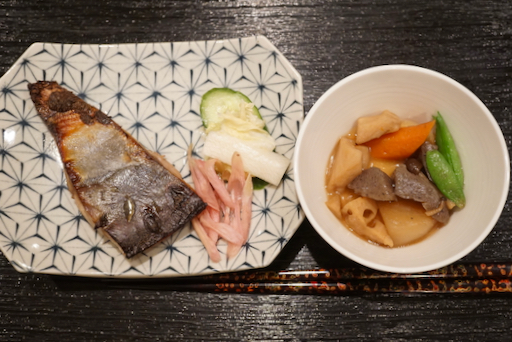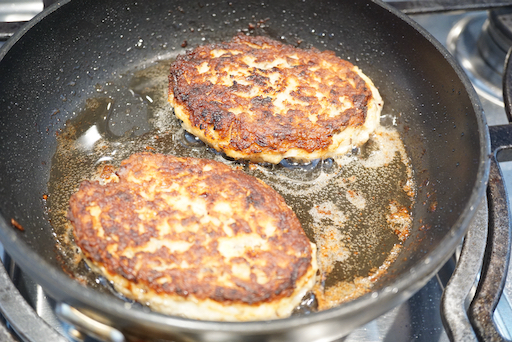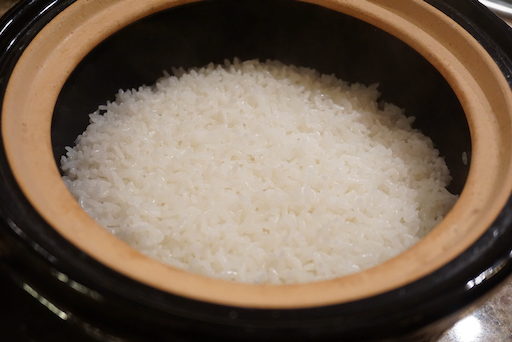When COVID pandemic started, we tried to buy a bag of rice at our Japanese grocery store and realized all 15 Lb. bags of the rice we usually use were sold out. The only rice left was a 5 pound bag of very expensive imported Japanese "Koshihikari" コシヒカリ rice from Niigata 新潟県. Since we did not have any choice, we bought it. But when we cooked the rice, we realized it was much better rice than our usual California Koshihikari rice "Kagayaki" かがやき which is grown on dry field (so called "Okabo" 陸稲) rather than paddy. Later 15 Lb. bags of Kagayaki rice were again available but we decided to finish up the expensive rice first. After we finished it, I was curious about what other kinds of Japanese rice may be available. So I started looking on the internet and came across a store in New York called "
The rice factory". This store imports unpolished rice from Japan and as the orders come in they polish the rice to the customer's specifications (brown, 50%, 75% and white rice). Since the 2020 new crop rice is about to come in (according to the site, they start selling new-crop in January 2021), many of the varieties they advertise were out of stock. I ended up getting "Hokkaido Nanatsu-boshi" 北海道ななつぼし(meaning 7 stars) (Hokkaido for obvious reasons, also see addendum below) and "Toyama Koshihikari" 富山県コシヒカリ.
This site also includes rice charts akin to the sake charts at
Tippsy sake. I wanted "Hokkaido Yume Pirika" which was out of stock. "Nanatsuboshi" according to this chart is in the bit "tough" or "firm" category and not as sticky as other rice. "Kosjihikari" on the other hand is more sticky and soft.
So, we decided to do some rice tasting. I wheeled out our "
Kamado-san" かまどさん earthen ware rice cooker and cooked the "nanatsuboshi" first.
It is quite shiny and the rice kernels were separate; not sticking together too much. The texture is exactly a the chart indicated. We did not dislike it but we prefer rice that is a bit softer. We did discover however, that when we re-heated this rice (microwave), it came out much better than our usual California rice. We also found it made excellent risotto. We used it to make Shiitake mushroom risotto from the leftover cooked rice and it was really good. Since the rice kernels kept their consistency, it added a good (not quite al-dente) texture.
Few days later, we tried the "koshihikari".
I think, when the new crop becomes available we should try "Yume Pirika" ("Yume" means "dream" in Japanese and "pirika" is "beautiful" in Ainu, the original native language of Hokkaido.
Addendum: One more interesting fact about Hokkaido rice is that when I was growing up, because of the harsh cold, Hokkaido was not the optimum place to grow rice. As a result the rice that was produced was very low quality. But, in recent years, because of the new cultivars and, maybe, because of global warming, Hokkaido rice is now being hailed as one of the best in Japan such as "Yume Pirika". At least one small benefit from global warming ?
































